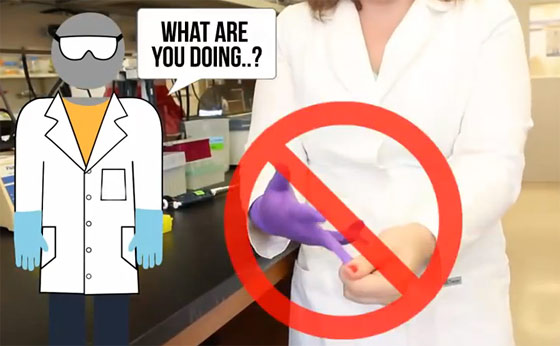From the makers of the Ti2-PB9 parabiner pulley and the Ti2 Sentinel S4S cache comes the the Sentinel X Cache. You may recall I wrote a wish-lust piece on it, a while ago, and am very pleased to finally have them in my hand.
Unlike the pocket sized Ti2 S4S cache, this is a large format, hard anodized aluminum cache. It's internal dimensions are 51mm diameter x 153mm length (2" and 6"). Their external dimensions 63mm x 204mm (2.5" and 8"). So around the size of a can of Coke around, and about the length of one, in the middle section. Empty, it weighs 400 g as it is made from aircraft grade 6061-T6 aluminium which has been strength optimized using "CAD parasolid modeling" giving it its unique ribbed / skeletonized design.
 The tube is threaded at either end so you can access contents from either end, change out the end cap options, clean and empty it. The threads have a modified stub acme shape which is to say a trapezoidal cut, with twin Higbee blunt starts, so you don't get any cross-threading and better chances of a first-time screw.
The tube is threaded at either end so you can access contents from either end, change out the end cap options, clean and empty it. The threads have a modified stub acme shape which is to say a trapezoidal cut, with twin Higbee blunt starts, so you don't get any cross-threading and better chances of a first-time screw.Twin o-rings (white teflon rings shown here, orange food-grade silicone rings seen on the main project page) give redundancy and water-tightness. Both types of o-rings are food grade and able to withstand temperatures required to boil water. The teflon doesn't need greasing, which is an advantage in my books.
I really liked that the bottom cap has vent holes giving it a built in trivet for boiling water or cooking in. I did a rough boil test, using an enamel camping mug, and the SentinelX was just a little quicker to boil. It also retained a lot of residual heat, with its thick walls, but its also worth noting that the entire container heated up. Even only lightly screwed on, the lid conducted enough heat to be barely touchable by the time the water boiled. I needed to use a wooden spoon to carry it off the flames.
The container holds 325 mL (11 fl oz), which is in keeping with its "less than a can f Coke dimensions, but to give you an idea of how much stuff you can store in it, I took this photo, of a fist-full of pens and pencils (23, but some mis-matched sizes).
I got one of each of the Type 3 Class 1 anodized coating. One in "regular" and one in the slicker looking "satin" finish. This hard anodizing is typically used for military applications, but also on pots and frying pans offering excellent flame resistance. It's food grade finish was what I was most looking for, as I wanted to be able to store and carry foodstuffs in it safely.
They also offer Type 3, Class 2 anodized, NON food grade and available in black, olive drab and brown satin finish only. Both Class 1 and Class 2 exhibit the same durability properties, so I wasn't trading off durability for food safety. Well worth it in my mind.
I haven't yet worked out what I will store in mine, long term, but I have carried it around in my Propper MultiPurpose Bag for some time now, with snacks and edibles.
I wanted to try making a up of tea with the hot water I had boiled, and found that it made a very passable brew, though the conducted heat I talked about earlier made it difficult to enjoy the drink, without wrapping in a towel first.


Those top lanyard holes make an excellent lanyard loop, for securing the cache, perhaps in a out-of-sight location, or perhaps as a hook point for when it is too hot to hold.
I am really pleased to have these in my collection, although as I mentioned earlier, I still haven't decided what to fill mine with. I have been considering what item's from my Bug-Out-Jars would fit nicely, a line of thought that one of the beta-testers of the SentinelX shared.
As well as in my new bag, it's worth noting that the SentinelX also fits nicely into my Platatac FUP and would most likely fit into most double-mag pouches, like the Platatac 60Rnd or similar pouches.
This is a really cool product, and I certainly appreciate the modular and rugged performance that it offers. I'm looking forwards to keeping these on hand, filled with my needfuls.
















































